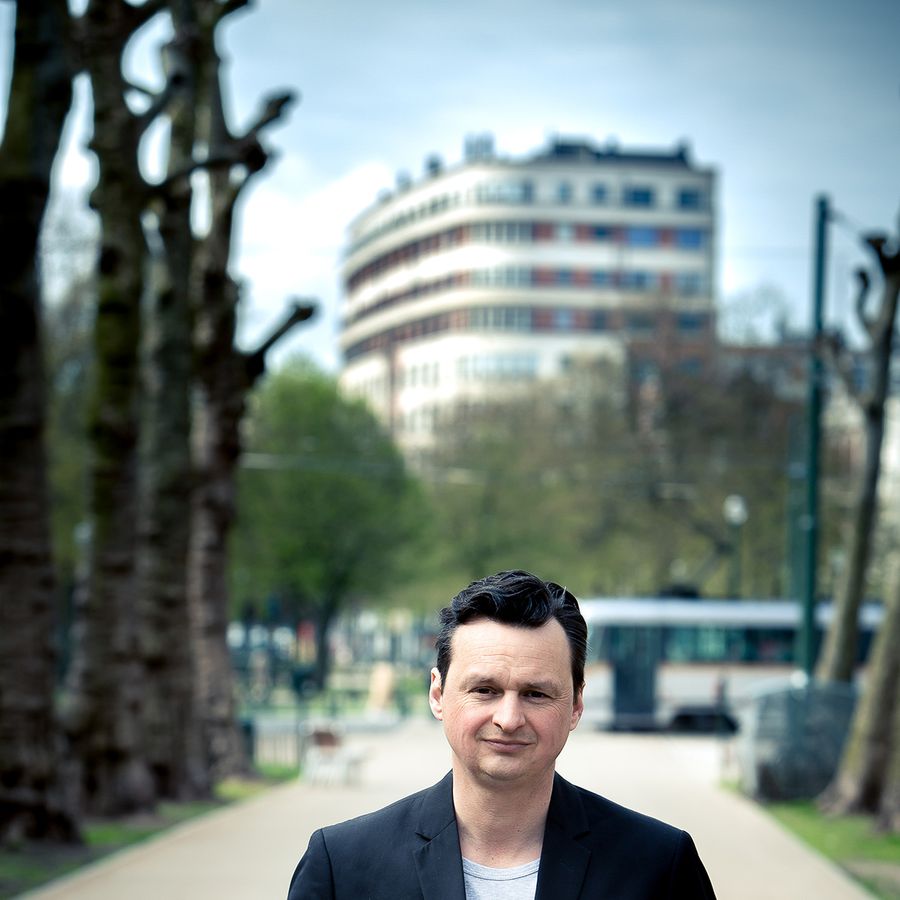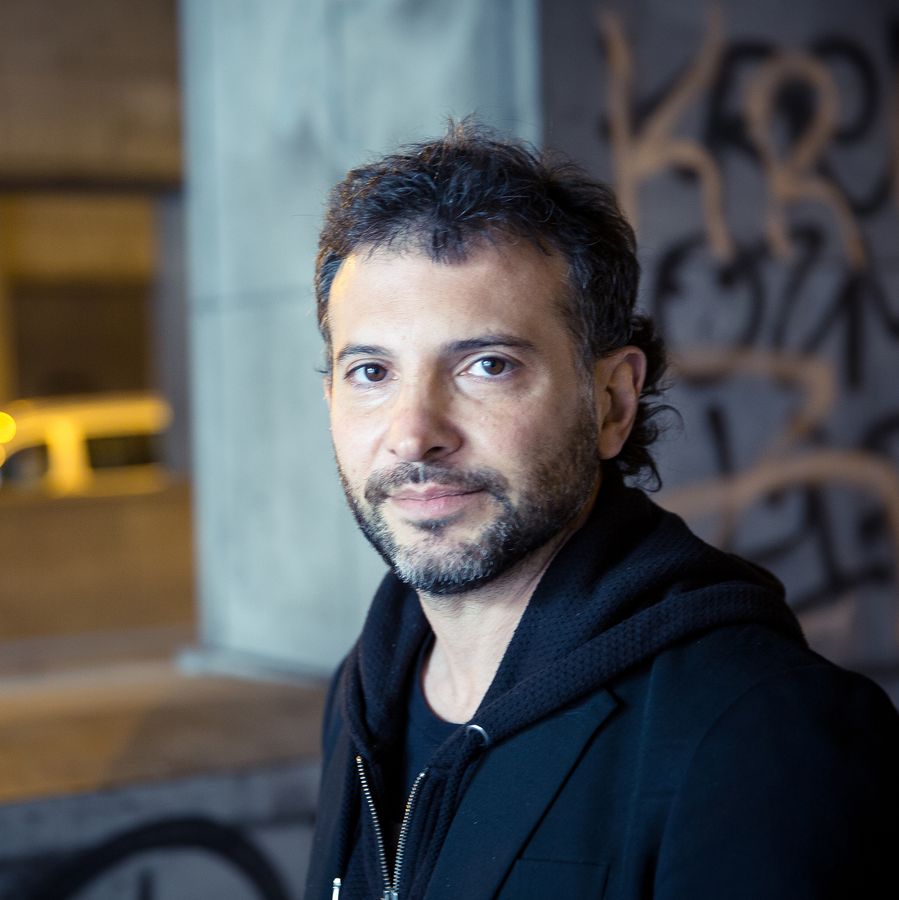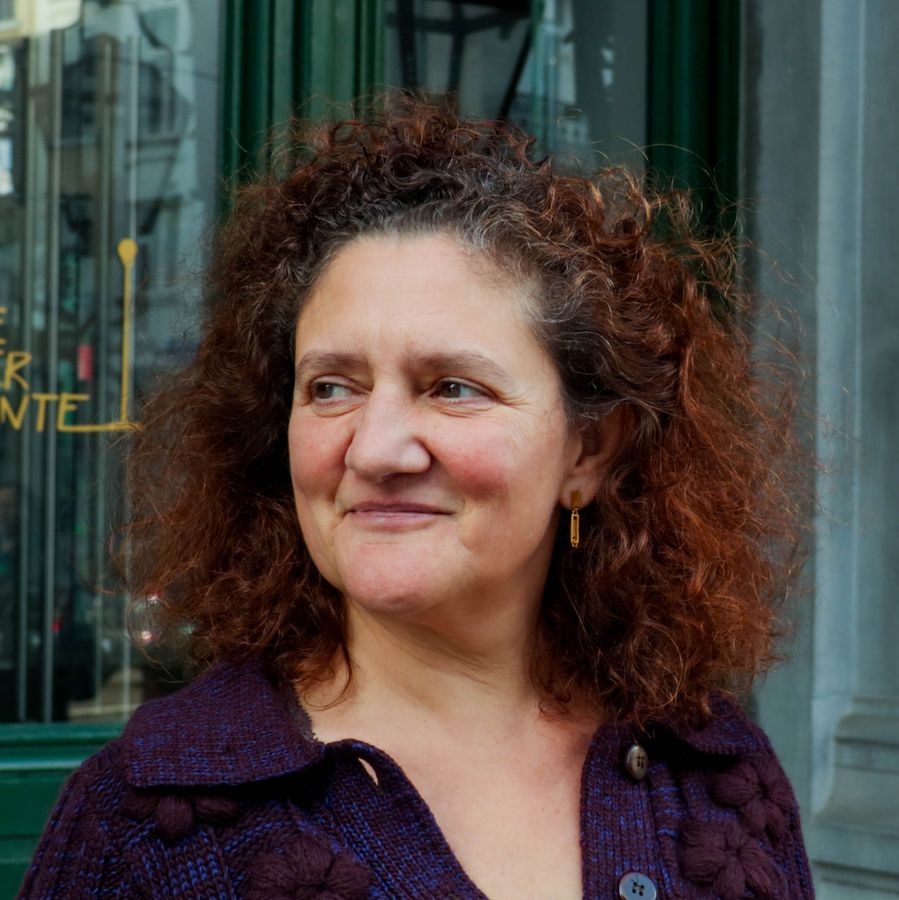History
KVS has a rich history, spanning both tumultuous and auspicious times. Discover the story of our theatre and our buildings.

1852: company on the move
In 1852, theatre company ‘Tooneel der Volksbeschouwing’ – Brussels’ foremost Dutch-language company – roams between hired venues, like the Park Theatre on Wetstraat and the Circus Theatre on Cirkusstraat. The wait for their own proper venue to rehearse and perform in would turn out to be a long one – a whole 25 years!
This despite the fact that as early as 1860, the old weaponry at Lakensestraat was considered as the ideal place for a new theatre. Why would it take so long? As it happens, the Brussels mayor, Fontainas, has plenty of trouble convincing the government … because they’re not sure whether the building belongs to the city or the federal government. Flemish speakers in Brussels also delay the process. They are unhappy about the location: a pretty remote part of the city for a theatre.
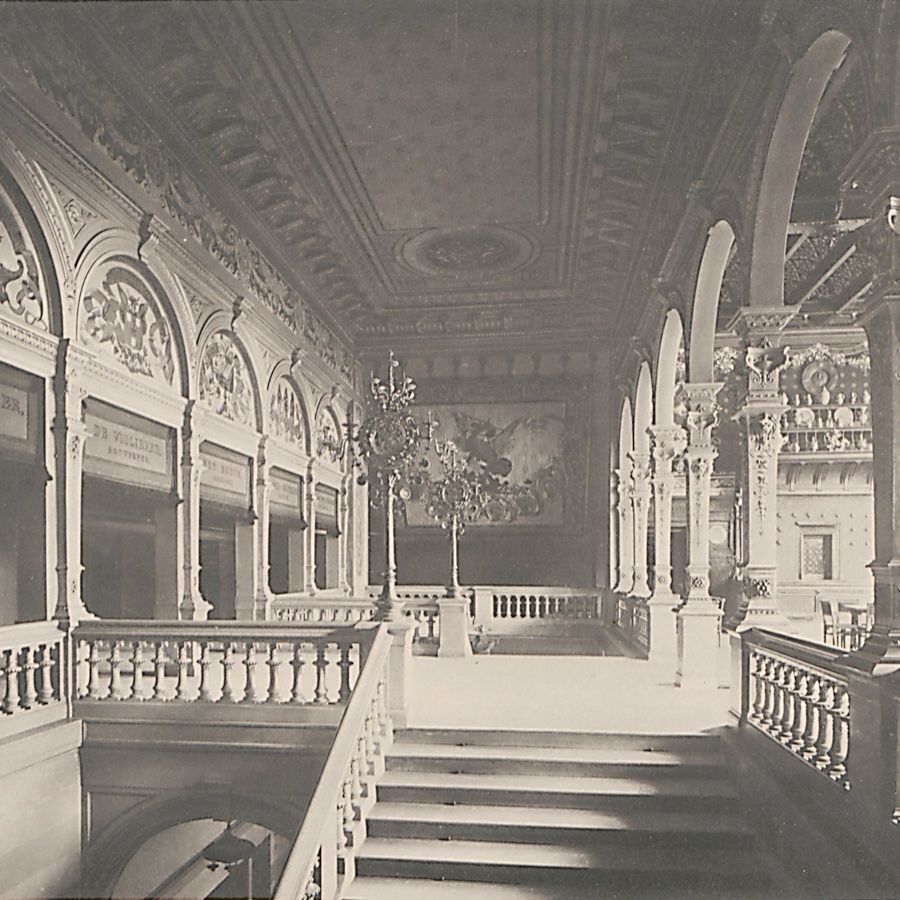
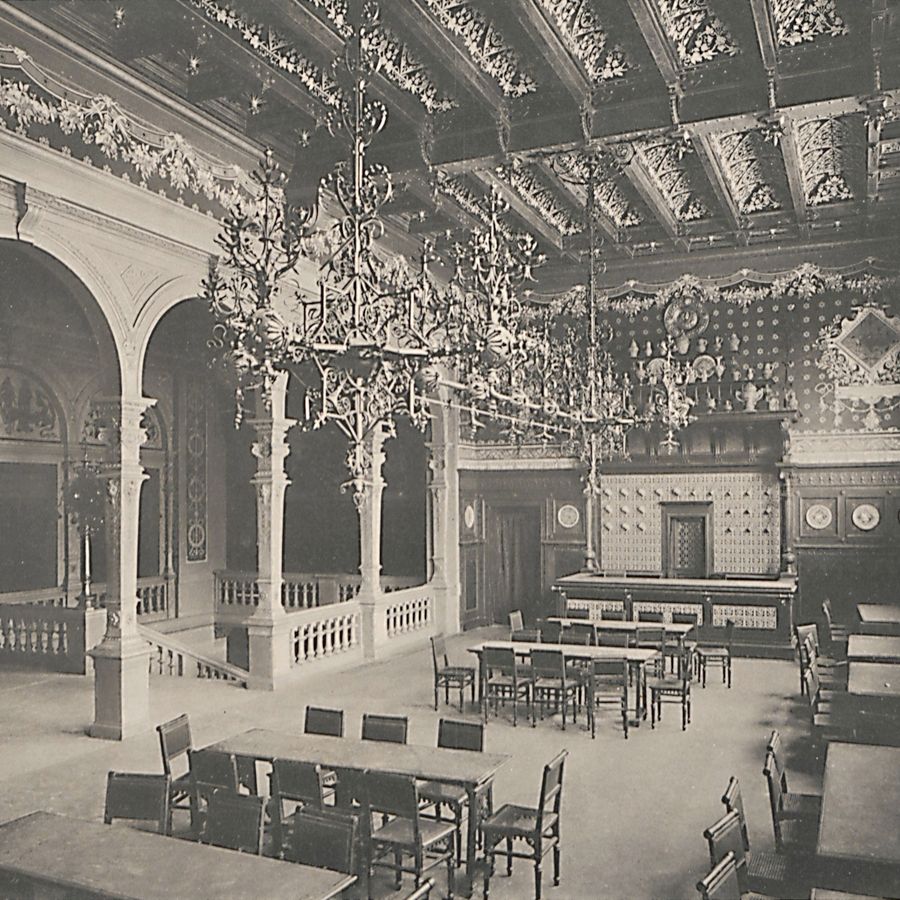
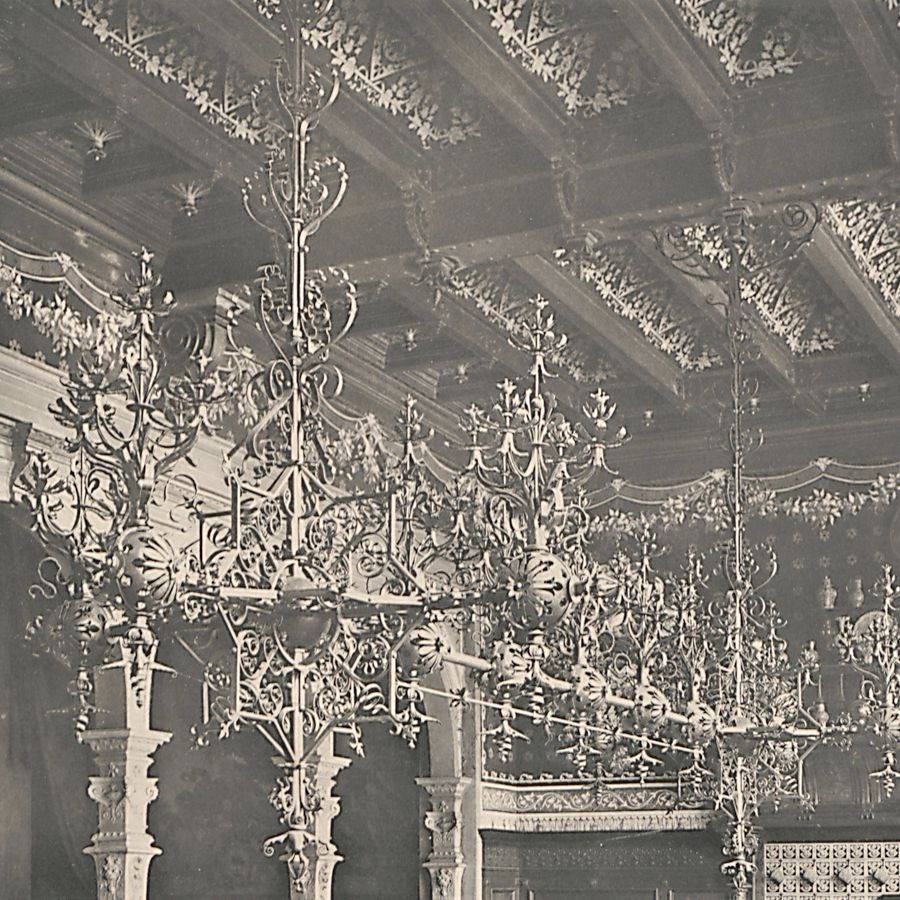
1883: the die is cast
Finally, a reason to celebrate in 1883: new mayor Charles Buls commissions architect and decorator Jean Baes to start renovation works. Baes is most diligent in his profession, especially regarding fire safety. This is a hot topic at the time – in 1881 hundreds had perished in fires in the Ring Theatre in Vienna and the Municipal Theatre in Nice. Baes comes up with an ingenious solution, designing a masterful evacuation system using tiered side walls with outside balconies connected by ladders. They are not only convenient and pretty, they also lend the theatre a completely unique character. Until today, audiences love to visit the balconies during the interval or after the performance for a cosy chat.
The original theatre can house up to 1200 spectators and is richly decorated, including a breath-taking glass dome. Attentive visitors today can spot Art Nouveau influences in it – unsurprising, since Baes was a mentor of none other than Horta, the famed architect. Before Art Nouveau was in vogue, Baes was already experimenting with industrialised materials like iron – a style later copied extensively by Horta. Jean and his brother Henri also deck out the walls and ceiling of the foyer with impressive painted scenes. The entire building is a feat of neo-Flemish renaissance: a clear wink to a glorious past, while using innovative materials.
Noteworthy: Mayor Buls insists on keeping the original façade of the weaponry intact. But instead of keeping it at the front, the façade is attached to the back of the building. So what you would consider the rear of the building today, was previously attached to the front!
In 1883 the Flemish theatre finally has its place in Brussels. From the beginning, KVS is imbued with a strikingly emancipatory character; emancipation appears to be part of the theatre’s DNA.
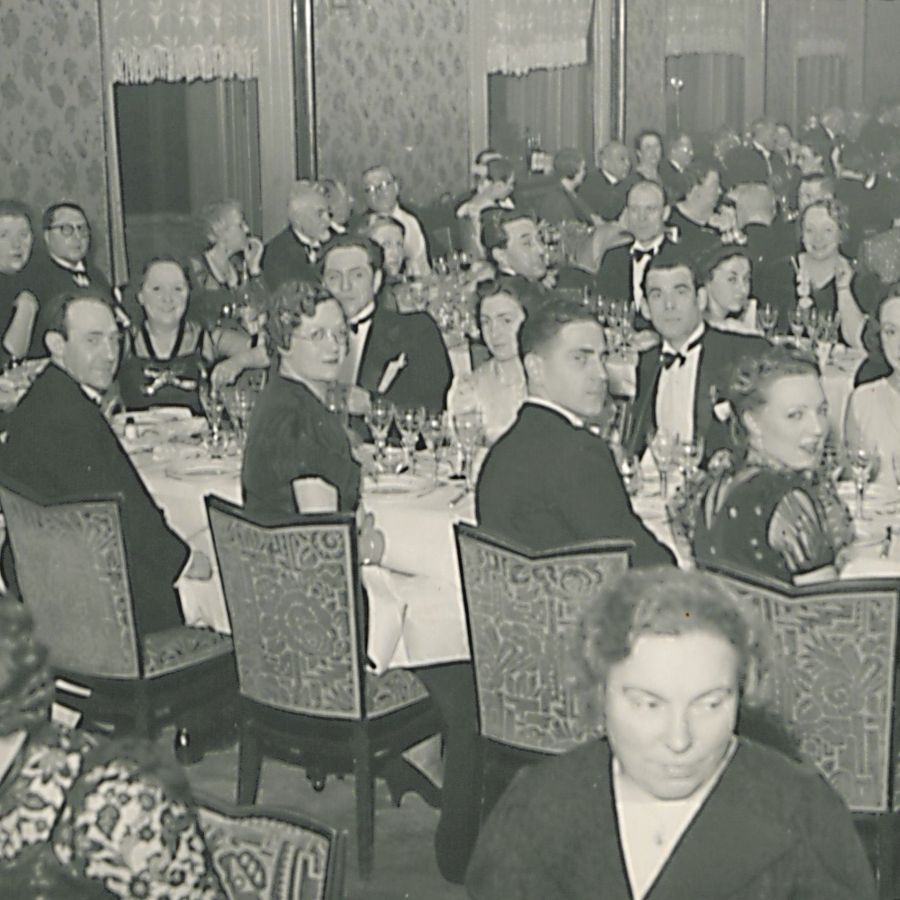
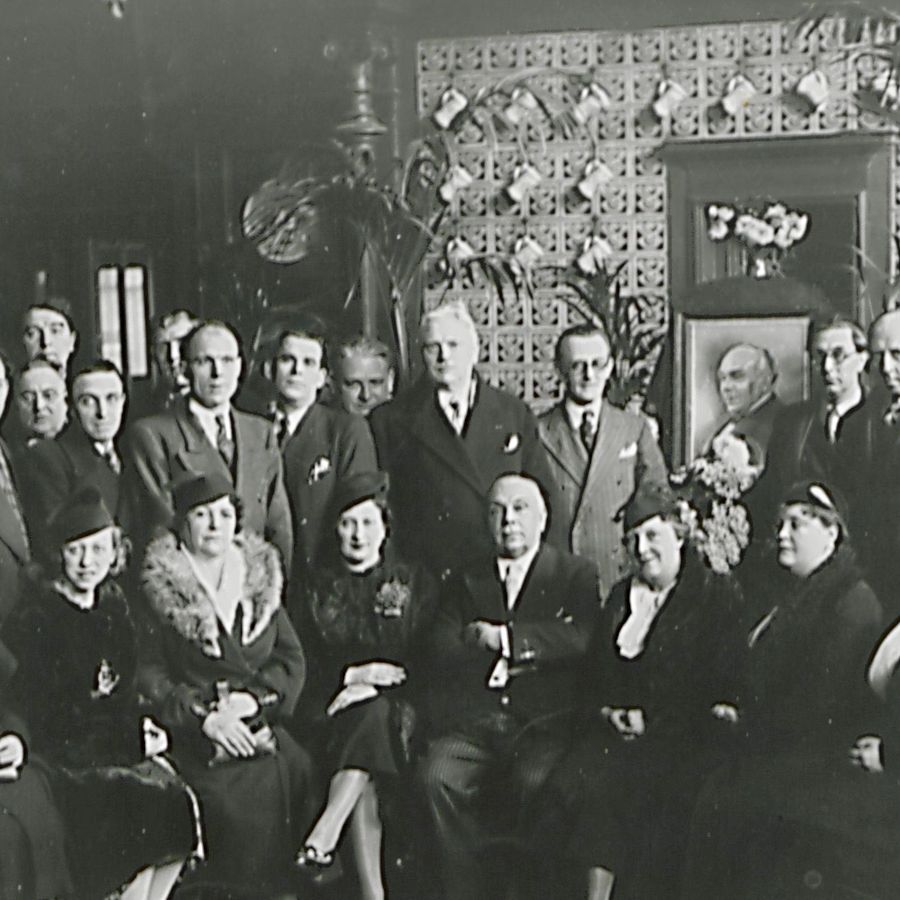
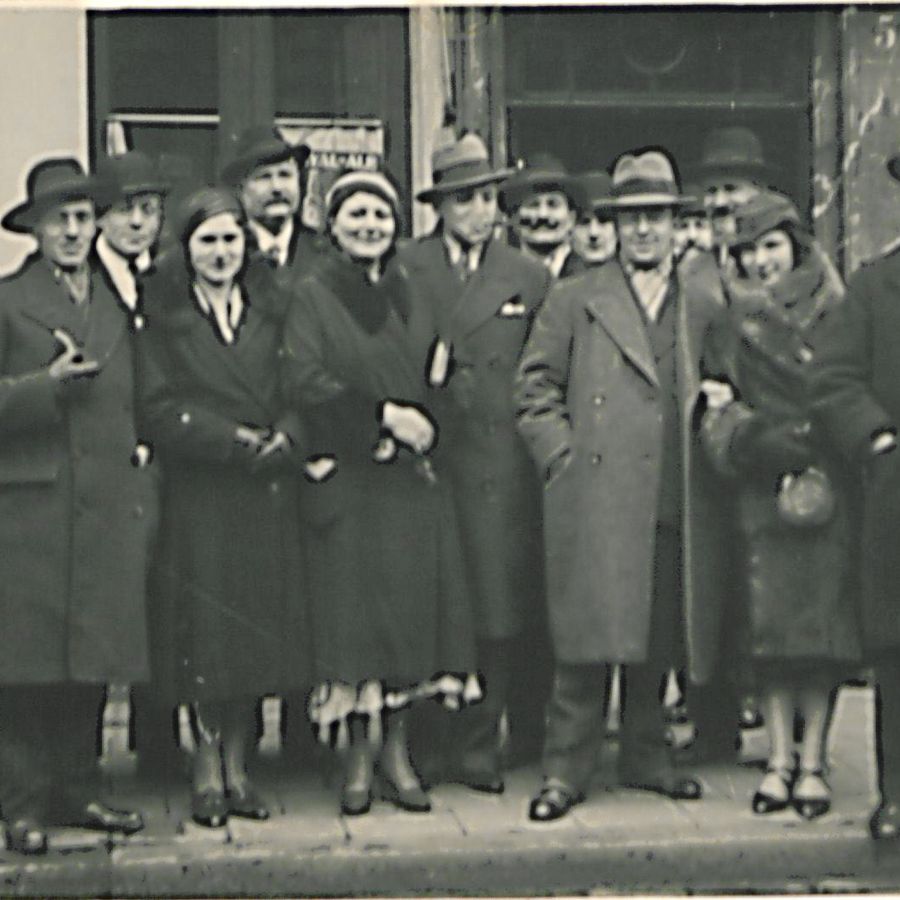
1887: Royalty goes Flemish
History is made at the official inauguration of the theatre on 13 October 1887, when mayor Buls addresses King Leopold II with the words: “ J’aurai l’honneur, Sire, de vous souhaiter le bienvenue en Flamand, dans le temple érigé pour l’art dramatique flamand.” (I would be honoured, Your Majesty, to wish you welcome in Flemish, in this temple erected for the Flemish dramatic arts.). Leopold II responds: “Mon cher bourgmestre, vous m’offrez là une bonne occasion pour vous répondre dans cette même langue nationale, en Flamand.” (My dear Mayor, you give me an excellent occasion to reply to you in that same national language, Flemish.), before continuing in Flemish. This was the first time a member of the royal family addressed the world in Dutch. A significant gesture, by which the King acknowledged and honoured the decades-long battle our company fought to launch a Flemish-language theatre in Brussels. It was a feat the entire Flemish movement liked to claim. This recognition was made official in 1894, when the Flemish theatre was given the new honorary title of Royal Flemish Theatre (Koninklijk Vlaams Theater or – you guessed it – KVS).
1955: disaster strikes
Despite architect Baes’ ingenious design, on 25 May 1955 a fire lays a large part of the theatre to ashes. Most of the damage is to the stage, the stage tower and the front of the rake. Luckily the fire takes place when the theatre is closed, so no one is injured or worse.
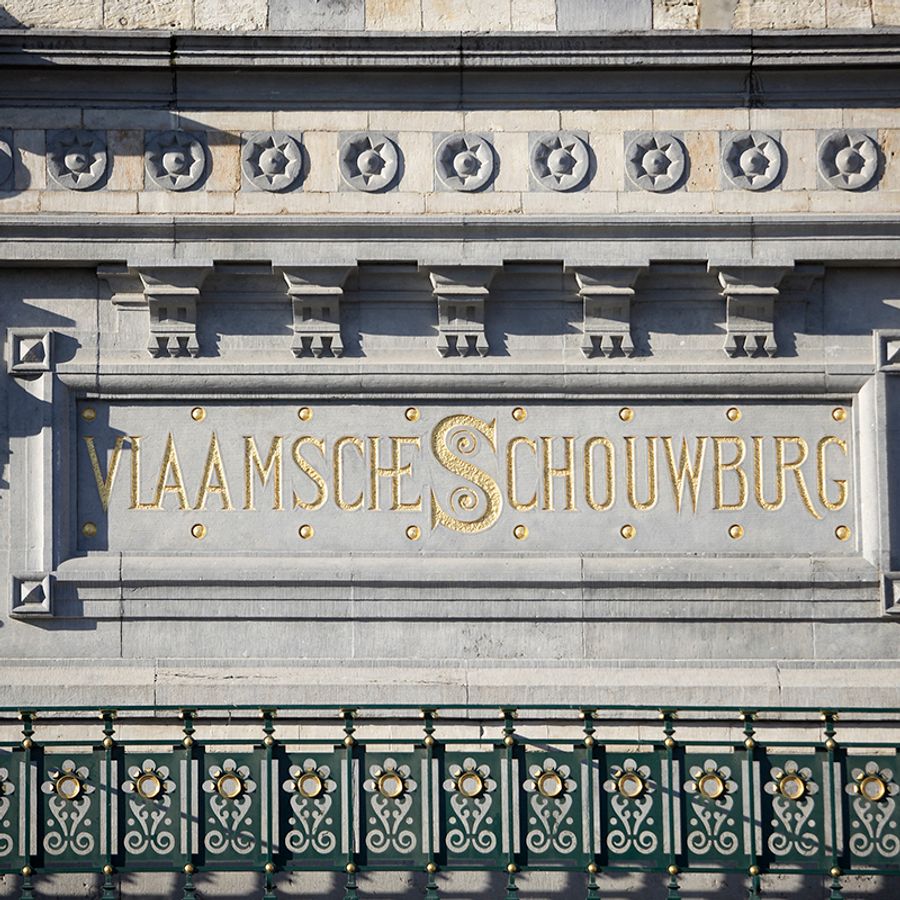
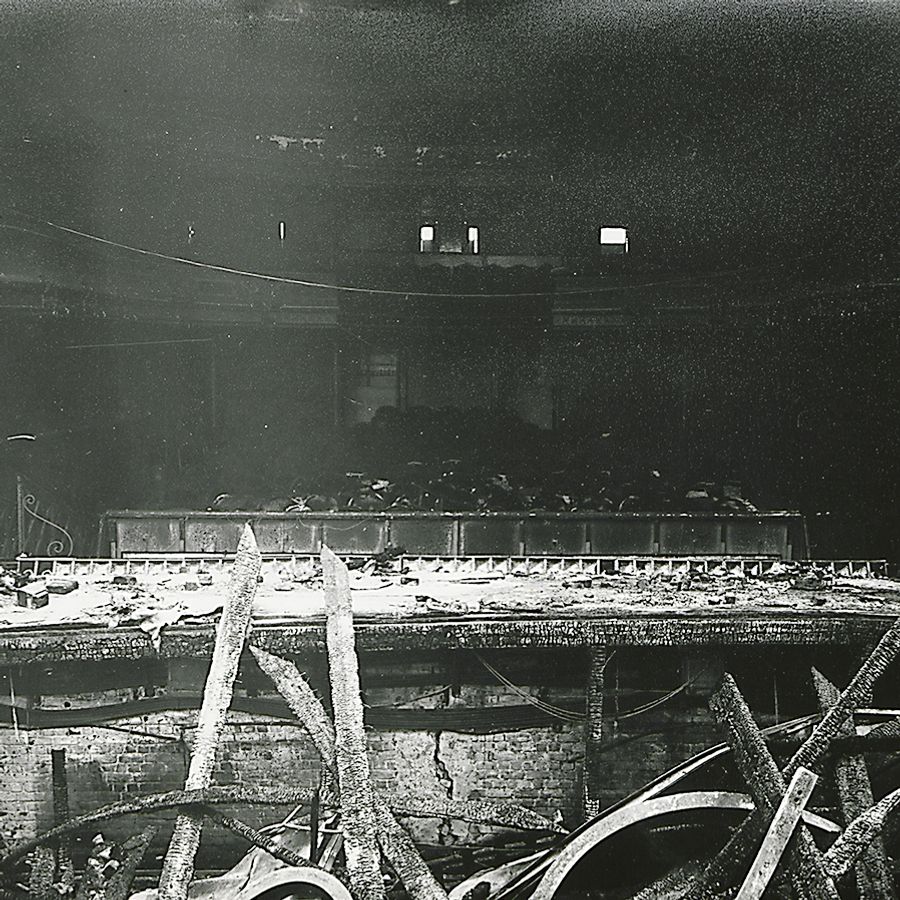
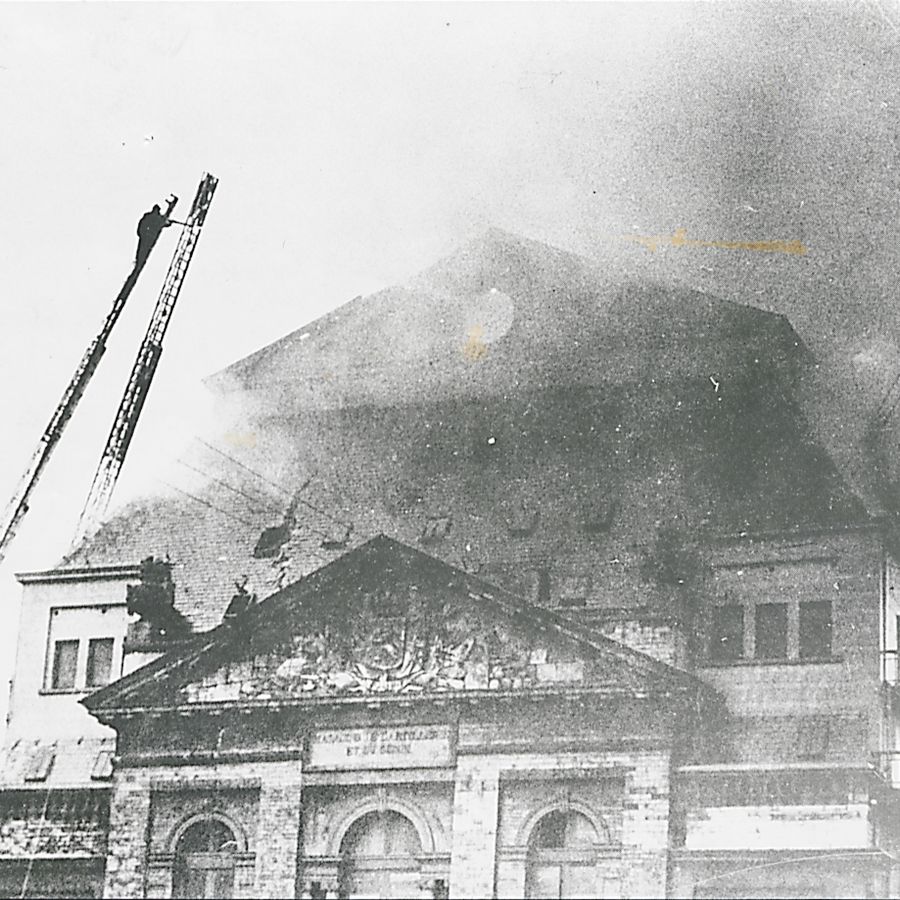
1958: theatre becomes auditorium
After the fire, the newly-erected building turns out to harbour a rather dull, unimaginative theatre space – more like an auditorium than a real theatre. This fits the practical outlook of the time – the only thing of importance is making sure as many people as possible have a good view of the stage. Shape and decoration are of lesser importance for architects at the time.
1993: new leadership, new rules – Franz Marijnen takes the baton
In 1993, Franz Marijnen accepts the top job at KVS – on the condition that he can sweep out the ensemble. He intensifies the number of performances with a wide range of guest performances, and for the first time he opens the doors of the theatre to a great diversity of disciplines and target audiences. He offers an artistic residence to Wim Vandekeybus and his dance company Ultima Vez, and focuses on international productions with initiatives like Eurotheatre, Arabic theatre and music festivals, literary events, … He personally opts for a number of acclaimed stagings from the classical and contemporary world repertoire.
The execution of necessary planned renovation works turns out more difficult than intended, but they finally take off in the summer of ’99. KVS, with its full ensemble, staff, stages and props moves to De Bottelarij in Molenbeek, a former brewery, for five long years while the works take place.
During this time the outside of the building and the foyer become listed as protected monuments.
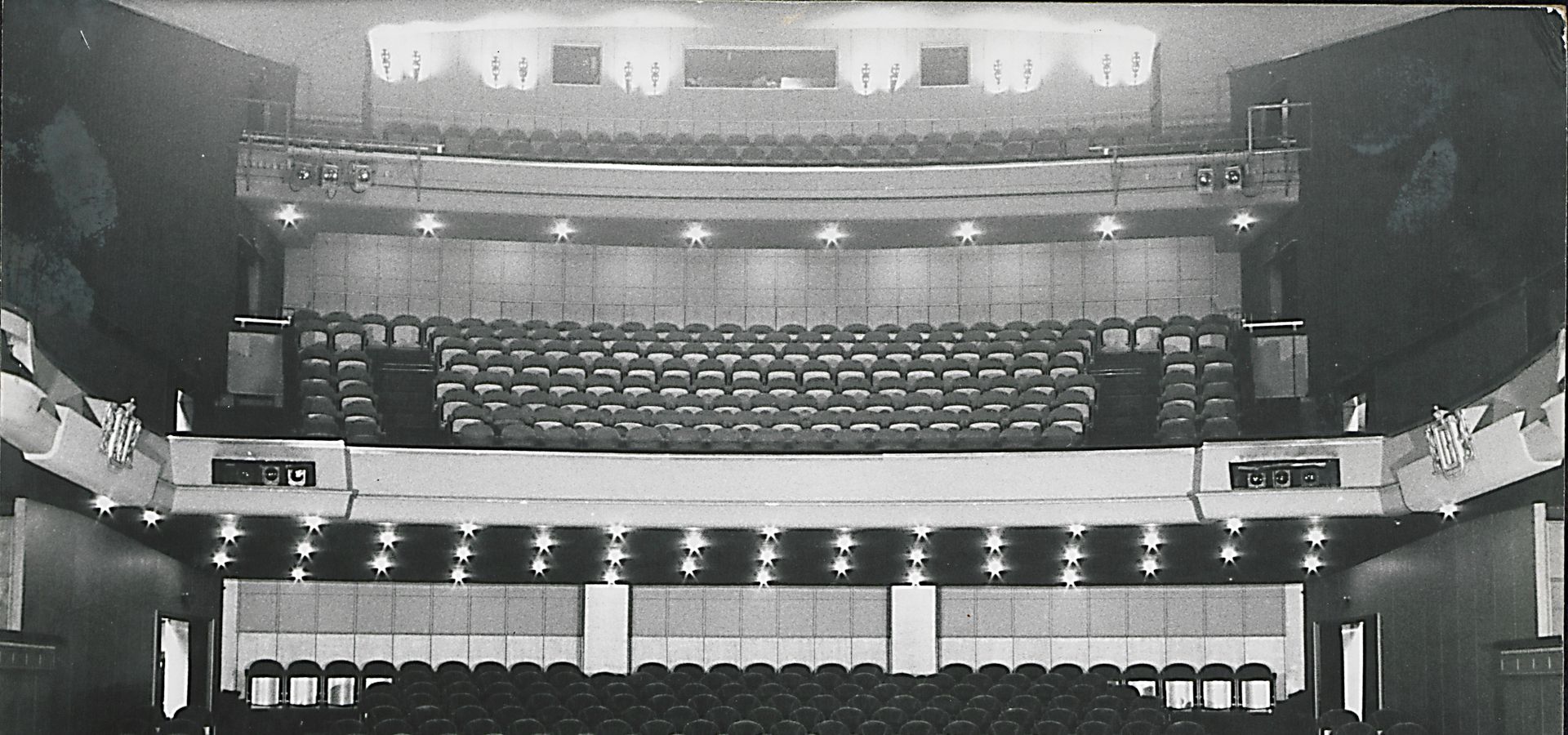
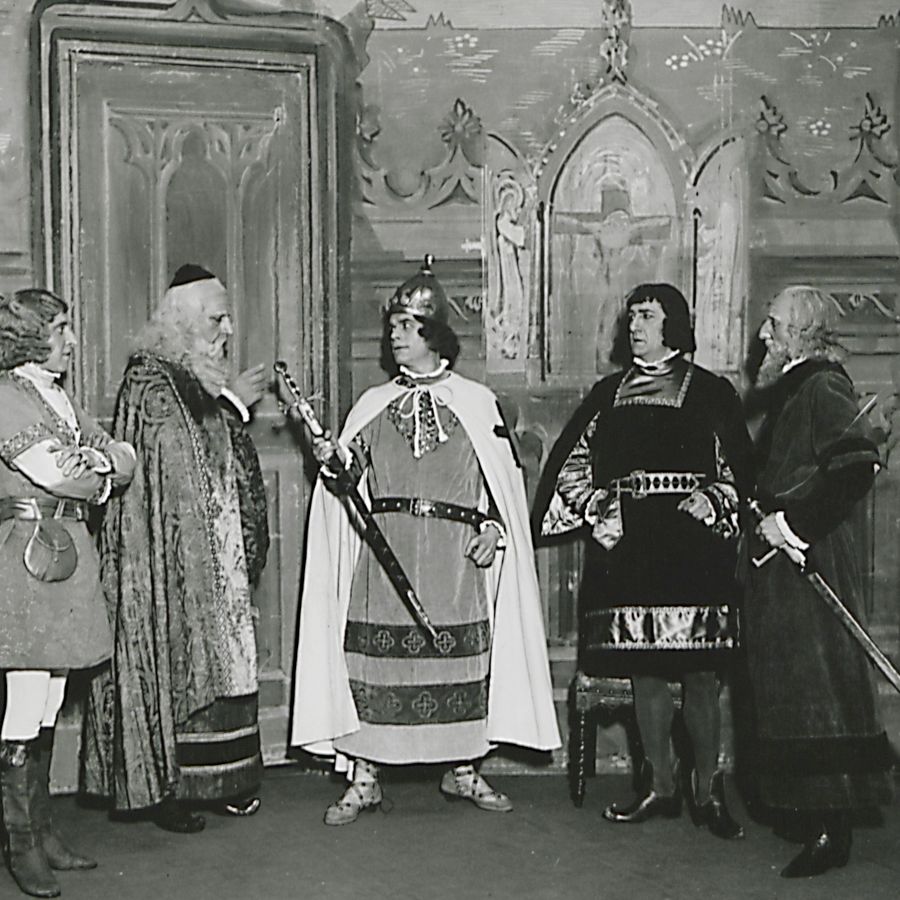
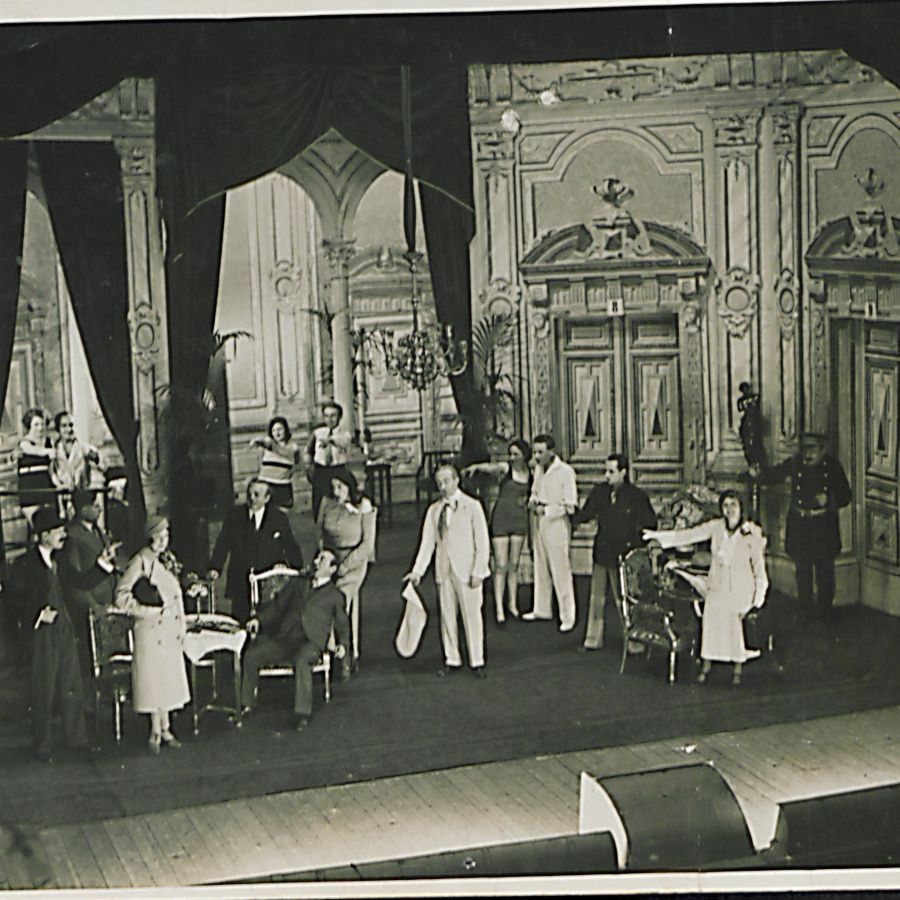
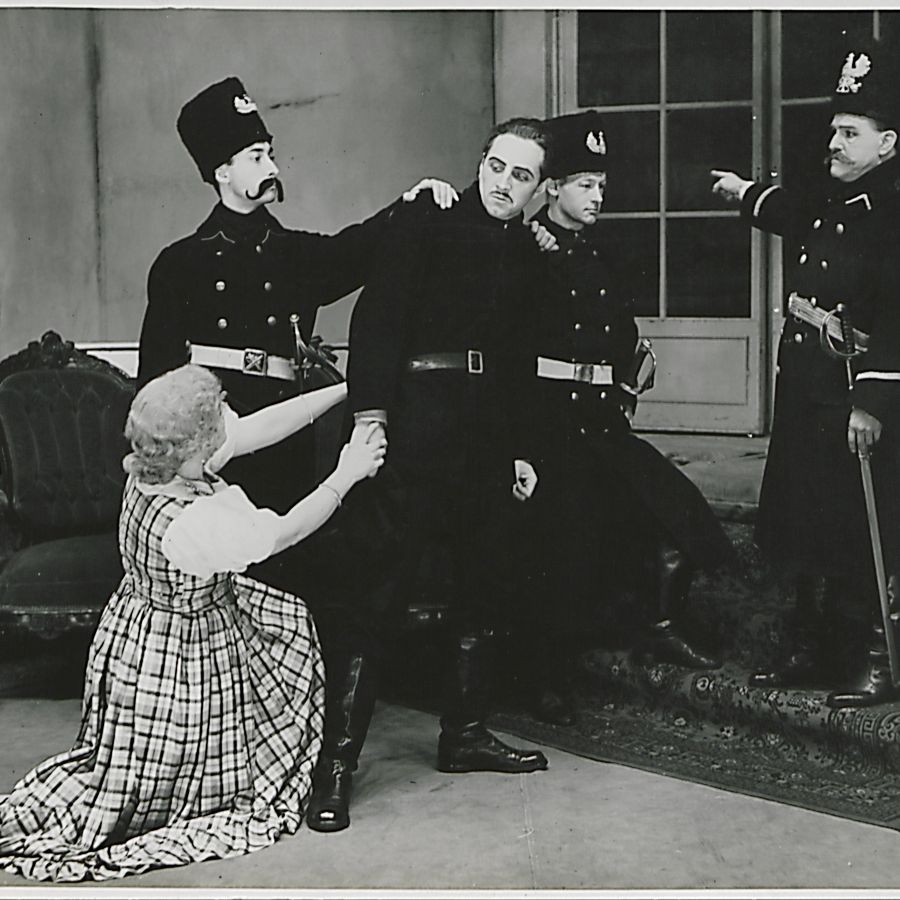
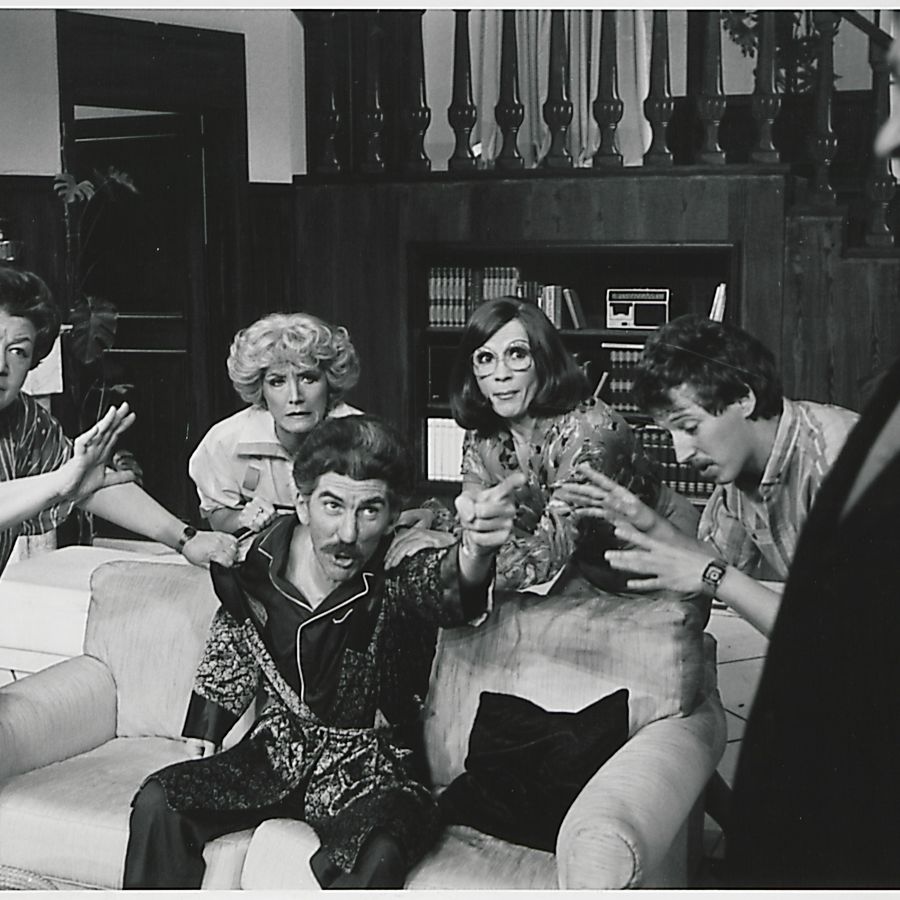
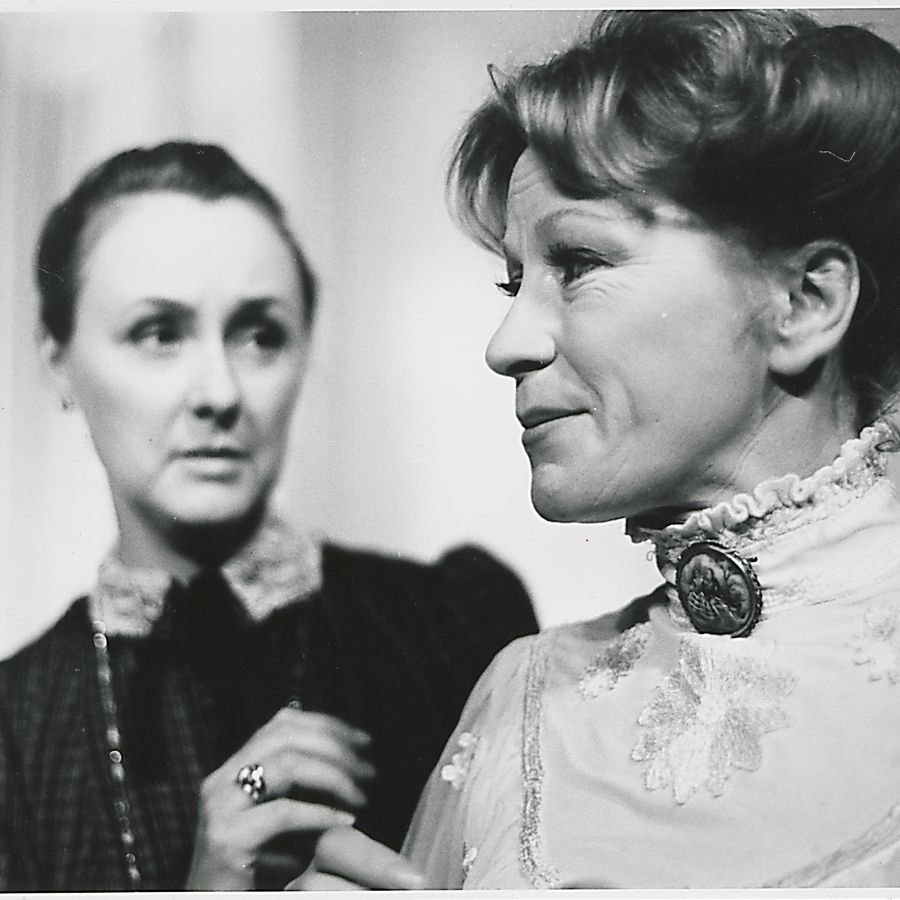
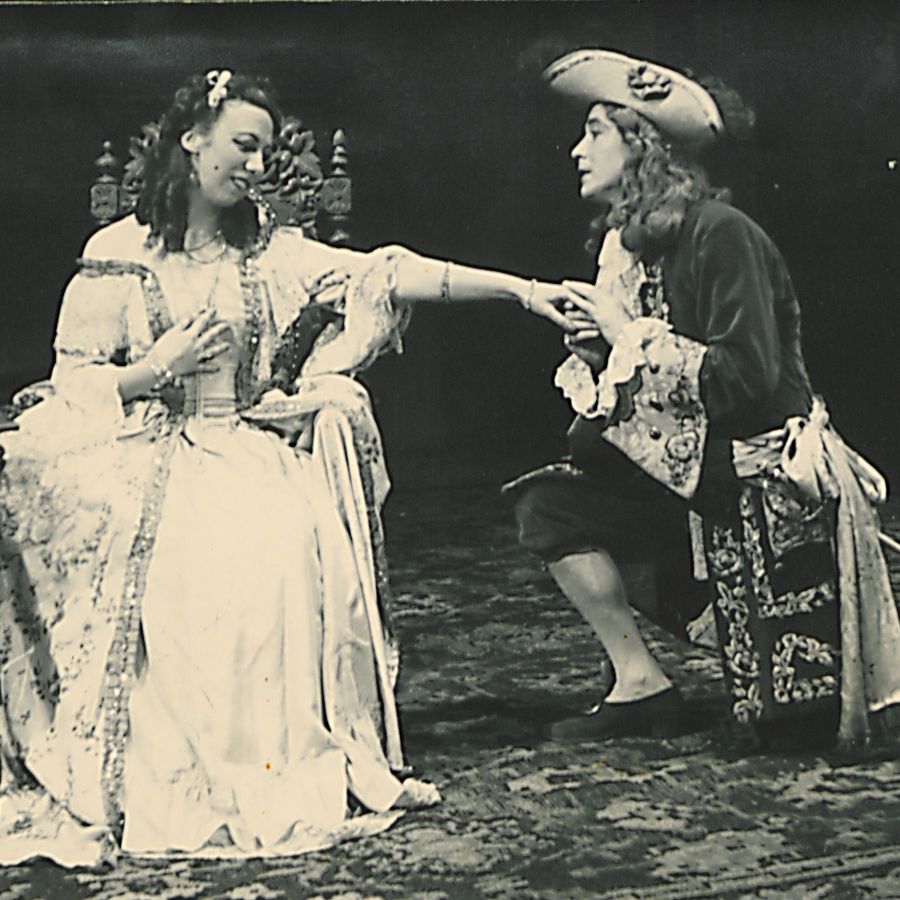
1999: Jan Goossens becomes artistic director
With Jan Goossens’ appointment as artistic director of KVS, the theatre’s focus shifts to international projects and working with the city. Jan Goossens and his team bring the world into KVS and turn the theatre into a point of reference in Belgium and abroad. KVS also stands out for its explicit interest in and focus on Palestine and Congo. The collaboration with artists from Congo leads to the successful performance Coup Fatal.
Especially during its residence at the Bottelarij in Molenbeek, a special place, KVS manages to reinvent itself, and a new generation of creators takes to the stage. Experimental new formats are encouraged and increasingly find their way to the stage. An intense dialogue with the neighbours at Théâtre National culminates in Tournée Générale, later named Tournée Capitale.
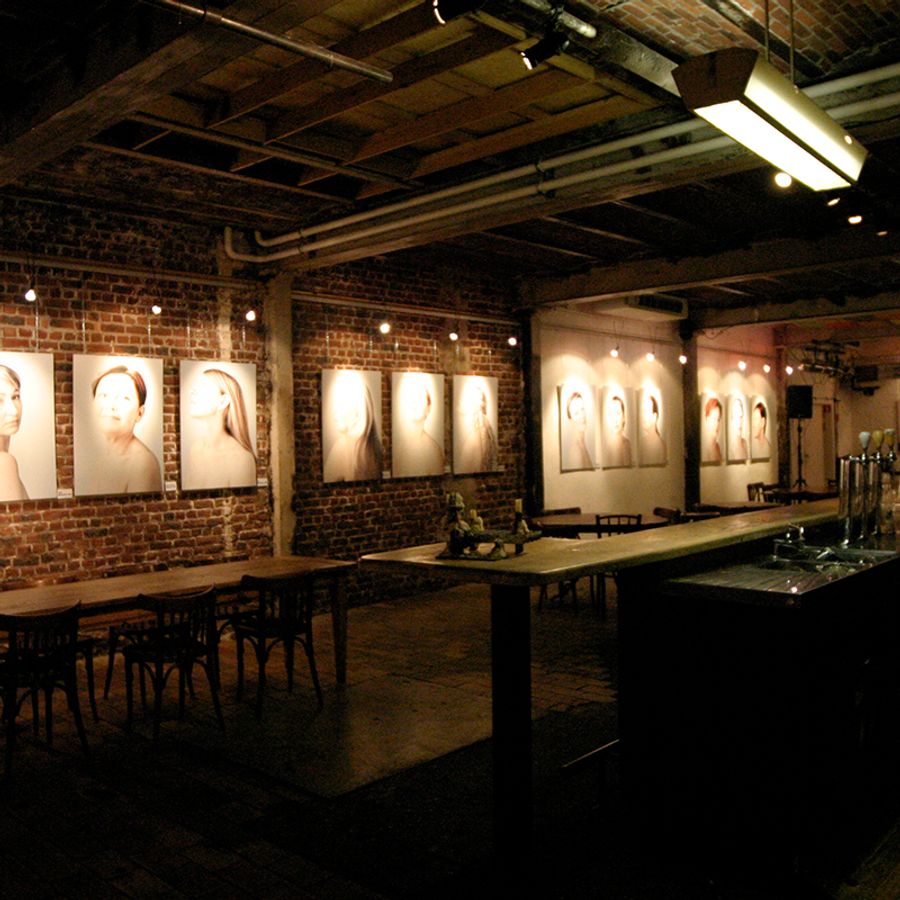


2004: hello Arduinkaai!
In 2004 KVS can finally move into a brand-new building at Arduinkaai, which you know today as KVS BOX. This building houses a rectangular theatre with retractable seating, employee offices, and of course Café Congo: a meeting spot for visitors, artists, collaborators, …
BOL, the original building, which was being renovated, reopens in October of 2005. With this physical move back to the centre of Brussels, KVS also decides to renew its focus on the city.
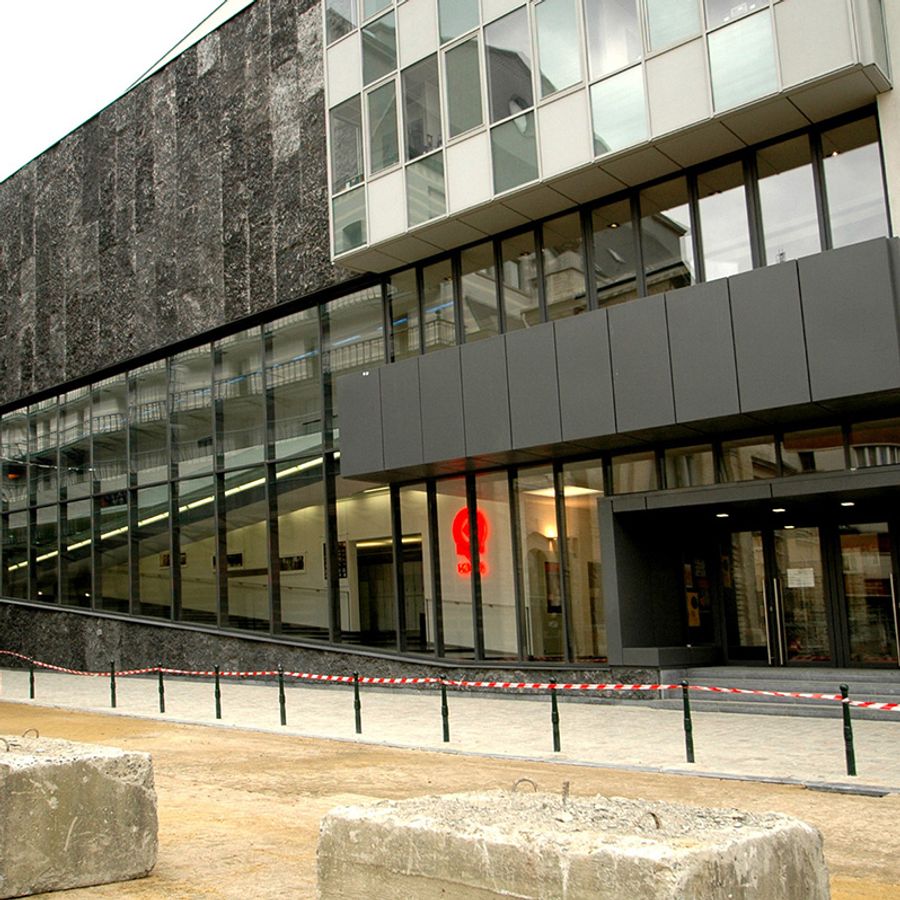

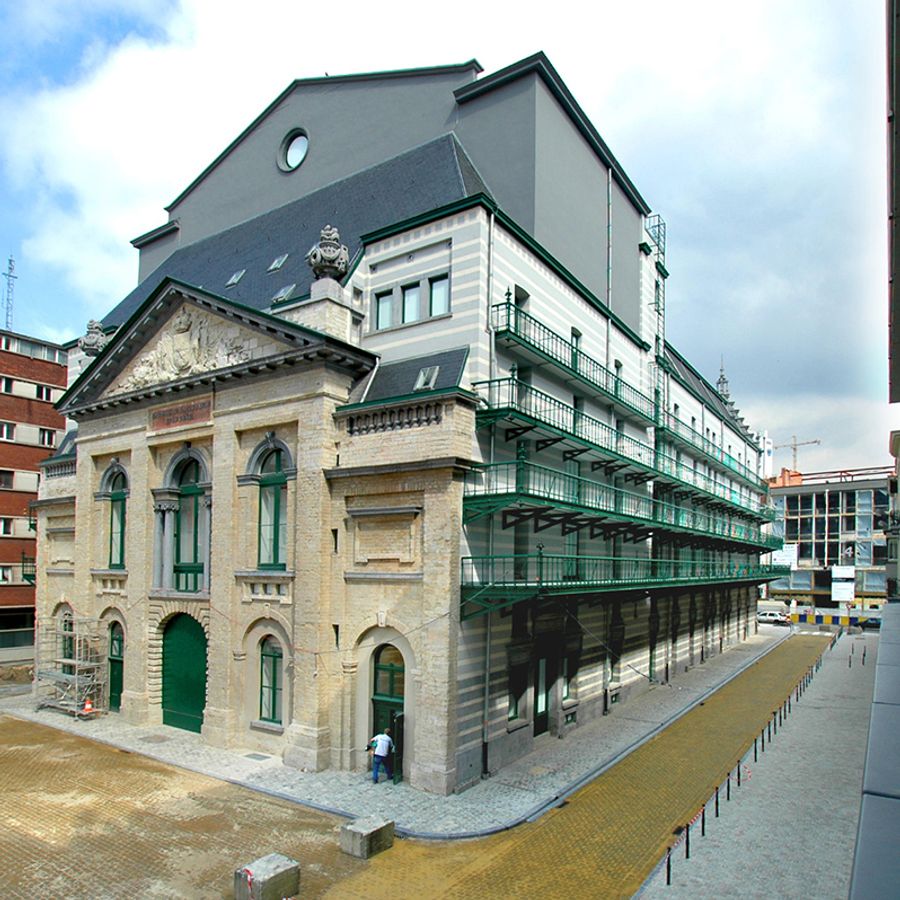
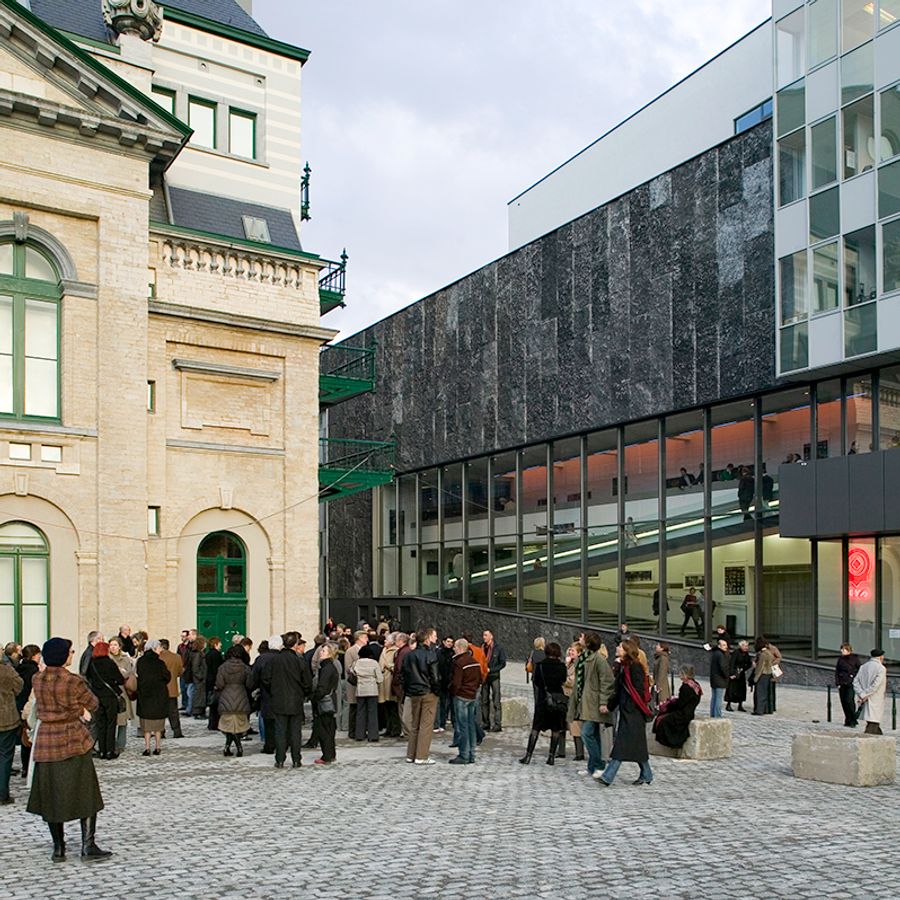
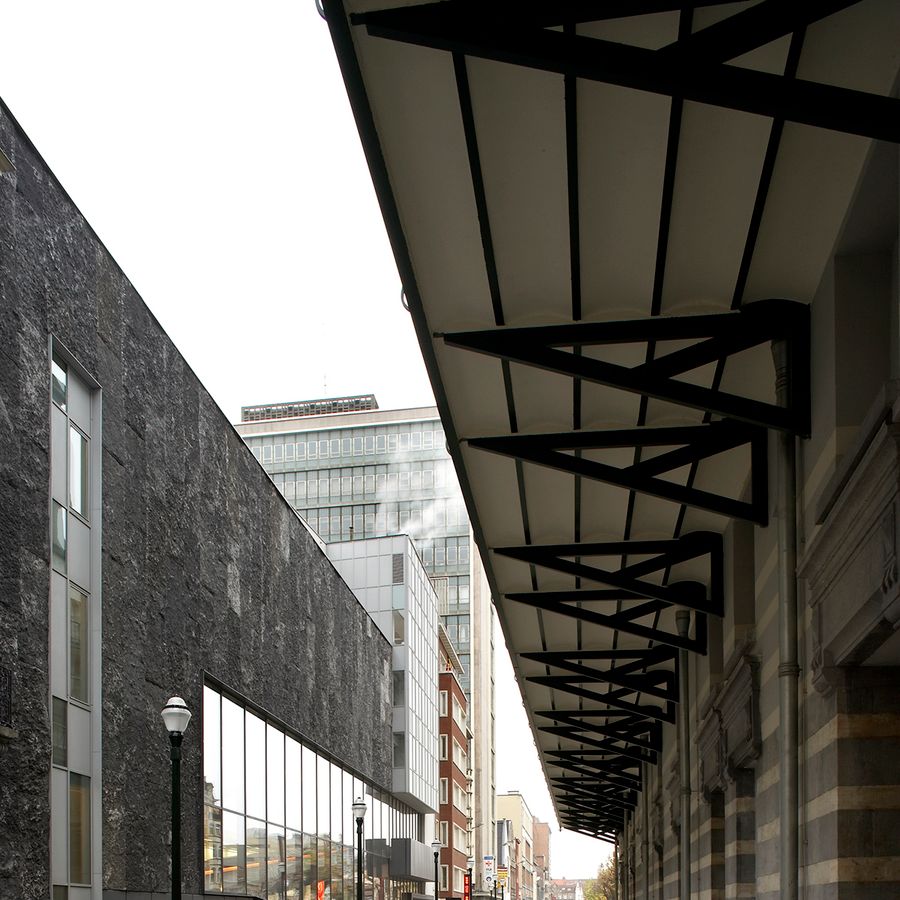
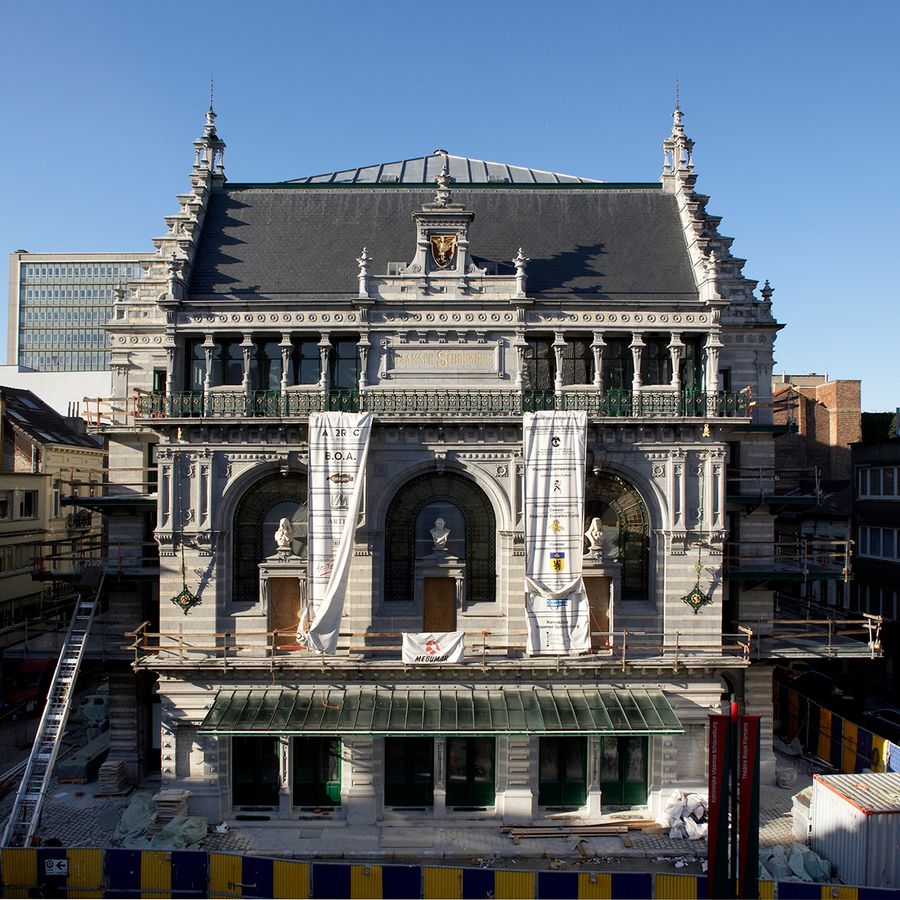
2016: Michael De Cock becomes artistic director
In 2016 Michael De Cock takes over the steering wheel at KVS. He gathers an artistic team with Gerardo Salina among others. Together they build a gender-diverse, intergenerational and intercultural ensemble and theatre. On the way up, they want to grab every opportunity and challenge what the city has to offer with eager hands. Our theatre increasingly wants to be a platform by, for and of the city. A meeting point, where people and networks can intersect and interweave, and a starting point, thoroughfare and finish line for diverse theatre projects. The theatre itself becomes a lot more diverse as well.
Michael and his team invest strongly into the development of international contacts. New ties with world cities like Istanbul, Madrid, Buenos Aires, Santiago and Kinshasa are formed. KVS artists showcase their work worldwide, and more international programming takes place at the theatre.
Within Belgium, KVS increasingly collaborates with its partners in the capital. The strong ties with other Brussels institutes like Théâtre National and La Monnaie feature prominently on the programme, culminating in the foundation of Troika.
The theatre ensemble, which had faded out over the last decade, is replaced by an open ensemble of KVS faces: diverse creators and artists who partner with the theatre to create new work. Malcolm X, Odysseus. Een zwerver komt thuis and L’Homme de La Mancha are only a small selection of the productions through which KVS wants to showcase its commitment to plurality.
